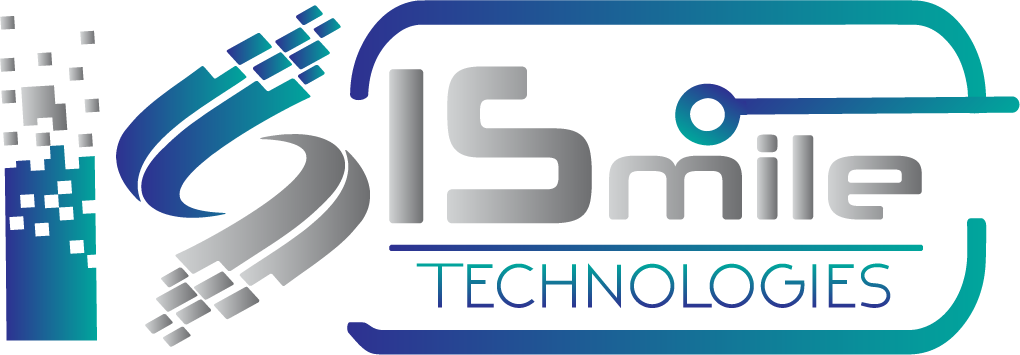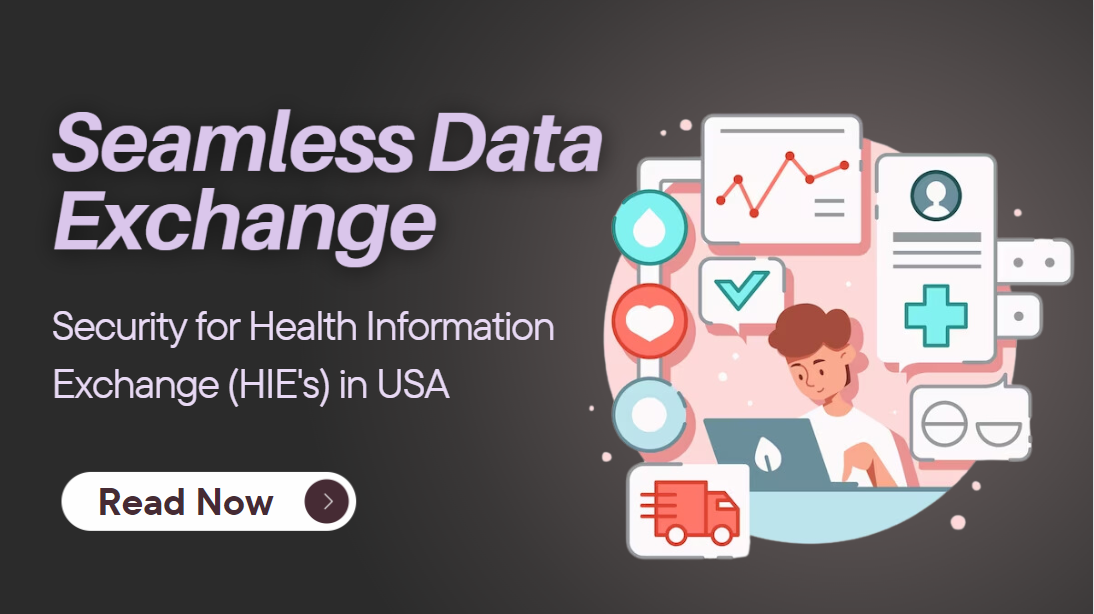Introduction
The concept of seamless data exchange in Health Information Exchange (HIEs) is fundamental to revolutionizing healthcare delivery. It involves the smooth, secure transfer of patient information across diverse healthcare providers and systems. This exchange ensures that critical medical data, including patient histories, diagnoses, medications, and test results, is readily accessible to authorized healthcare professionals. Achieving this seamless exchange is pivotal for enhancing patient care, treatment accuracy, and operational efficiency within the healthcare ecosystem.
Importance of Secure Data Exchange
While the exchange of health data is essential for optimized patient care, ensuring its security is paramount. The sensitivity of medical information necessitates stringent measures to protect it from unauthorized access, breaches, or misuse. Secure data exchange not only safeguards patient confidentiality but also upholds trust between healthcare providers and patients. It minimizes the risk of data breaches, protecting individuals from identity theft and other privacy violations.
Challenges in Data Exchange for Health Information Exchange
Interoperability remains a significant hurdle in achieving seamless data exchange within HIEs. Healthcare organizations often operate disparate systems and use varying data formats, making it challenging to establish a standardized method for information sharing. Additionally, concerns regarding the security and privacy of exchanged data pose considerable obstacles. The fear of cyber threats and potential breaches raises doubts about the integrity and confidentiality of shared health information.
Strategies for Achieving Seamless Data Exchange in HIE
To address interoperability challenges, standardizing data formats through common protocols and interfaces is crucial. Creating a unified language for data sharing facilitates smoother exchanges among different healthcare systems. Implementing robust encryption protocols ensures that data remains encrypted during transmission and storage, safeguarding it against unauthorized access. Cloud solutions provide a secure environment for data storage and exchange, offering scalability and accessibility while maintaining stringent security measures.

Benefits of Enhanced Data Exchange in Health Information Exchange
Enhanced data exchange mechanisms translate into tangible benefits for both healthcare providers and patients. Timely access to comprehensive patient information empowers healthcare professionals to make informed decisions, leading to improved diagnosis and treatment. Seamless data exchange streamlines administrative processes, reducing redundancies in tests and treatments, ultimately cutting down healthcare costs. Patients experience improved care coordination and quicker access to their medical history, enhancing their overall healthcare experience.
Technological Innovations Driving Secure Data Exchange
Technological advancements play a pivotal role in fortifying secure data exchange in HIEs. Blockchain technology, with its decentralized and immutable ledger, ensures transparent and secure data storage. It guarantees data authenticity and integrity, reducing the risk of tampering or unauthorized alterations. Artificial Intelligence (AI) contributes to cybersecurity by detecting anomalies and potential threats in real-time, enhancing the overall security posture of HIEs.
Regulatory Framework and Compliance in Health Information Exchange
Adherence to regulatory frameworks like the Health Insurance Portability and Accountability Act (HIPAA) is imperative for ensuring data privacy and security in HIE operations. Compliance with such standards mandates strict protocols for safeguarding patient information. Healthcare organizations must adopt robust security measures, conduct regular audits, and maintain comprehensive documentation to meet regulatory requirements and protect patient confidentiality.
Case Studies: Successful Implementation of Secure Data Exchange in HIE
Examining successful case studies provides invaluable insights into implementing secure data exchange within HIEs. Real-world examples demonstrate how organizations overcome interoperability challenges and security concerns. Case studies highlight best practices, lessons learned, and innovative approaches to achieving seamless and secure data exchange in healthcare environments.
Future Trends in Seamless Data Exchange for HIE
The future of secure data exchange in HIEs promises continual advancements. Anticipated trends include further integration of AI for predictive analytics, enhanced blockchain applications for data security, and the evolution of more stringent yet adaptable regulatory measures. These trends are poised to transform the landscape of healthcare data exchange, ensuring greater efficiency, security, and accessibility.
Conclusion: Key Takeaways on Securing Data Exchange in HIE
Securing seamless data exchange within Health Information Exchanges is an ongoing and multidimensional effort. Embracing technological innovations, complying with regulations, and learning from successful implementations are pivotal for building and maintaining a secure HIE ecosystem. Prioritizing secure data exchange not only enhances patient care but also fosters trust and reliability within the healthcare industry.








